2025 Author: Leah Sherlock | [email protected]. Last modified: 2025-01-24 17:46:33
Jean Auguste Dominique Ingres (born August 29, 1780, Montauban, France; died January 14, 1867, Paris) was an artist and icon of cultural conservatism in 19th-century France. Ingres became a major proponent of French neoclassical painting after the death of his mentor Jacques-Louis David. His high quality, meticulously drawn work was a stylistic contrast to the emotionality and color of the modern Romantic school. As a monumental historical painter, Ingres sought to perpetuate the classical tradition of Raphael and Nicolas Poussin. However, the spatial and anatomical distortions that characterize his portraits and nudes anticipate many of the most daring formal experiments of 20th-century modernism.
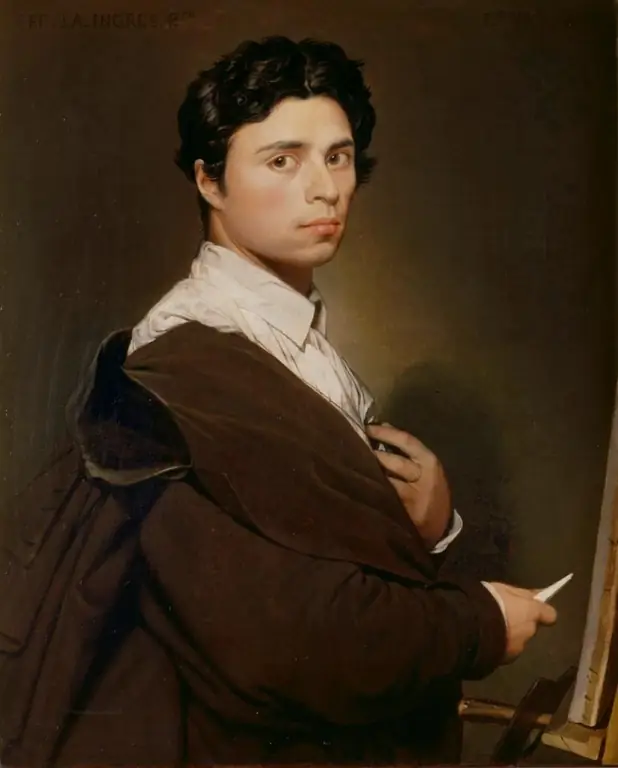
Oedipus and the Sphinx, 1808-1827
Determined to prove his talent, young Jean Auguste Dominique Ingres dedicated himself to historypainting, the most respected genre in the Academy. True to his neoclassical training, Ingres chose his subject from Greek mythology, however he departs from the stoic heroes of David. Here you can see how the tragic hero Oedipus faced the riddle of the Sphinx.
The dire threat is presented by an ominous pile of human remains, exacerbated by Oedipus' companion shown fleeing in terror in the background. Although the painting focuses on the classic male nude, the narrative is more complex than David's moral universe and offers a step towards the complex psychology of Romanticism. The correct answer of Oedipus will allow him to avoid death and continue on his way to Thebes, but his fate is doomed.
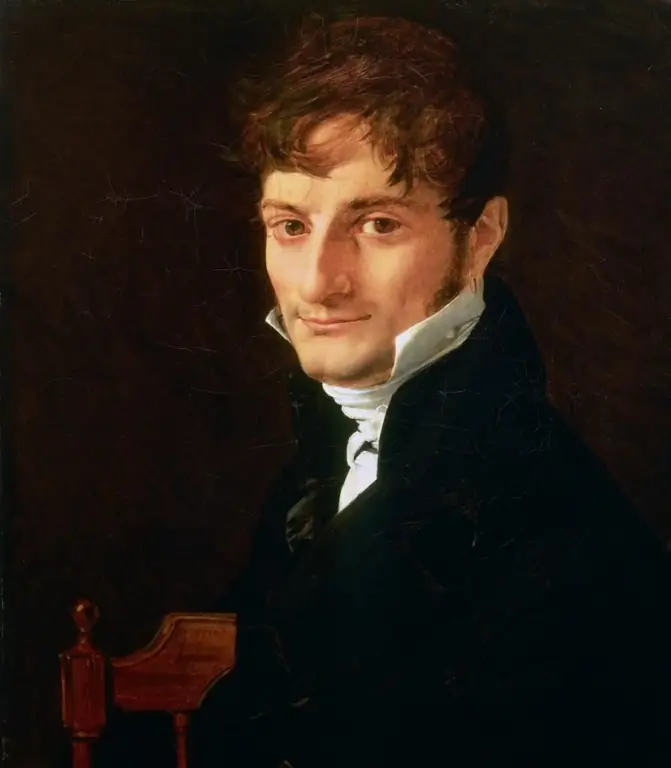
The fate of the painting
When Ingres sent the painting to Paris, he received a tepid review; critics argued that the outlines were not sharp enough, the lighting was dim, and the relationship between the figures was not sufficiently pronounced.
It should be noted that Jean-Auguste Dominique Ingres does not shy away from the dark side of the story: the dramatic chiaroscuro created by the rising light gives the picture an ominous overtone. This subtly foreshadows the tragic fate of Oedipus, namely marriage to his mother Jocasta and eventual death. Sigmund Freud, who then popularized the Greek myth in his formulation of the Oedipus complex, had a printed copy of this painting hung above the sofa in his office.
La Grande Odalisque, 1814
In his painting The Grand Odalisque, Ingres demonstrates both his academic background and his penchant forexperiments. Indeed, the image of an idealized nude figure is close to the classical images of Aphrodite in ancient Greece. The leaning woman has been a popular motif since the Renaissance. Titian's Venus of Urbino was certainly an important example for Ingres.
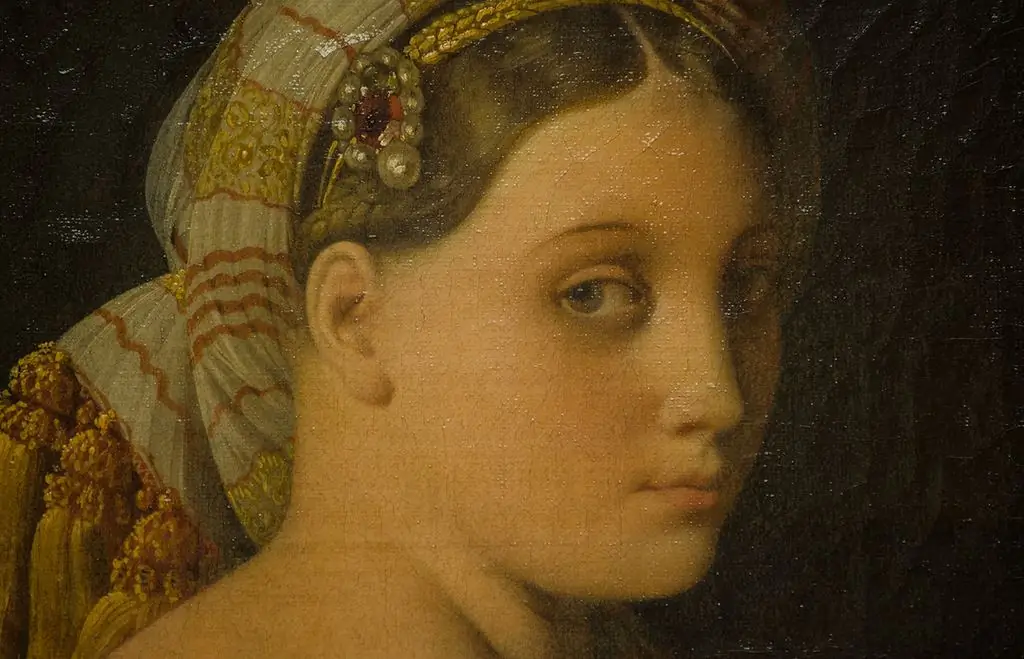
Features of the painting
Here, the artist continues this tradition, drawing the figure through a series of sinuous lines that accentuate the soft curves of her body, as well as placing the woman in a rich space adorned with lustrous fabrics and meticulously detailed jewelry. Although he depicted the body with a sculpted surface and clean lines associated with neoclassicism, some distortion is clearly visible in this painting.
A woman would need two or three extra vertebrae to achieve such a dramatic, twisted pose, just as the figure's legs seem disproportionate, the left is elongated and differs in size at the hip. The result is paradoxical: she is strikingly beautiful and incredibly strange.
Ingres' ability to combine elements of neoclassical linearity and romantic sensibility, resisting easy categorization, served as a model for future avant-garde artists.
Antique motifs
Ingres' painting "The Apotheosis of Homer" was painted in 1827. The artist was commissioned to decorate the ceiling at the Louvre to coincide with the opening of the Museum, which was meant to showcase France's cultural superiority and thereby reinforce its monarch's legitimacy. Critical to this was the creation of a continuum,which stretched from the ancient world to modern France, and thus this painting became a project of political and cultural legitimation.

The artist honors Homer as the creator of Western civilization. He sits in the center of the composition, crowned with the laurel wreath of Nike, the goddess of victory, and flanked by personifications of his two masterpieces, the Iliad (on the left, a sword lying next to it) and the Odyssey (on the right, an oar leaning against his leg). Homer is flanked by over 40 figures from the Western canon, including the Greek sculptor Phidias (holding a hammer), the great philosophers Socrates and Plato (facing each other in the dialogue to the left of Phidias), Alexander the Great (on the far right in golden armor) and others..
Ingres also included figures from recent centuries. Michelangelo sits under Alexander the Great with a drawing board in his hand. William Shakespeare stands next to the painter Nicholas Poussin at the bottom left, along with Mozart and the poet Dante. Ingres' hero and inspiration, Raphael, is dressed in a dark tunic, he has joined hands with the Greek painter Apelles, and between them, a mostly hidden figure with a youthful face, supposedly a portrait of the youngest Jean Auguste. Whether or not it is a self-portrait, the artist clearly defined his cultural ancestry and affirmed the superiority of classical values.
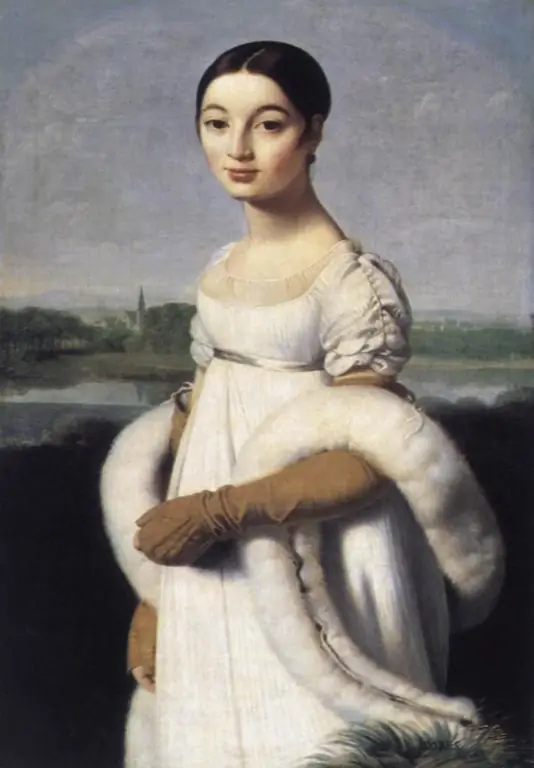
Imaginary East
The picture of Jean Auguste Dominique Ingres "Turkish bath" is one of his most complex compositions. Bodies seem to go beyondround canvas, the tightness of the spatial depth multiplies the already large number of bodies. Ingres shows a continuing interest in colonial themes. The open sensuality of the figures is striking as their limbs intertwine to reveal accessible, exotic eroticism.
Here the artist again combines elements of neoclassicism and romanticism. Its sinuous lines border on the fluidity of the arabesque, though it emphasizes the sculptural surface and precise transitions. Here, too, he enjoys artistic freedom in presenting human anatomy - the limbs and torsos of the figures are distorted to achieve a more harmonious aesthetic, and yet they show the special manner of the academician.
Never having traveled to the Middle East or Africa, Ingres was inspired by the letters of 18th-century aristocrat Lady Mary Montagu, copying her notes in the Ottoman Empire into his own notes. In one letter, Montague described the crowded bathhouse at Adrianople: "Naked women in various poses … some are talking, others are drinking coffee or tasting sorbet, and many are stretching carelessly." In this painting, Ingres translated a sense of languid relaxation in the bodies of his figures, adorned with turbans and richly embroidered fabrics associated with an imaginary Orient.
By order of Prince Napoleon in 1852, the painting was initially shown at the Palais Palace, then it was returned to Ingres, who continued to actively modify it until 1863. Finally, he decided to radically change the traditional rectangular format of the tondo painting, increasing the sense of compression of the figures. Only in 1905 the picture was shownpublicly. Even then, his debut at the Salon d'Automne was considered revolutionary. Ingres was enthusiastically received by the emerging avant-garde.
"Vow of Louis XIII", 1824
When Ingres left Paris in 1806, he swore that he would not return until he was recognized as a serious and significant master. This work of 1824 contributed to his victorious return. The monumental painting, more than four meters high, presents a complex theme that combines historical and religious images.
The scene of the painting by Ingres is dedicated to the significant moment of the reign of King Louis XIII, when he dedicated France to the Virgin Mary. This act was celebrated as an annual holiday until the revolution of 1789, then, after the return of the Bourbons to the French throne, it was restored. It was thus a historical episode with a very specific contemporary meaning. The painting demonstrates Ingres' ability to combine the historical and modern translation of the classical scene into a simplified visual vocabulary of the 19th century.
The narrative required Ingres to carefully balance the composition between Louis XIII's earthly realm and the celestial realm above. Jean Auguste created two different atmospheres to differentiate the spaces, bathing the Virgin Mary in a warm, idealized radiance, and more specifically emphasizing the materiality and textures of Louis XIII.
A year after this success, Ingres was awarded the Legion of Honor and elected a member of the Academy.
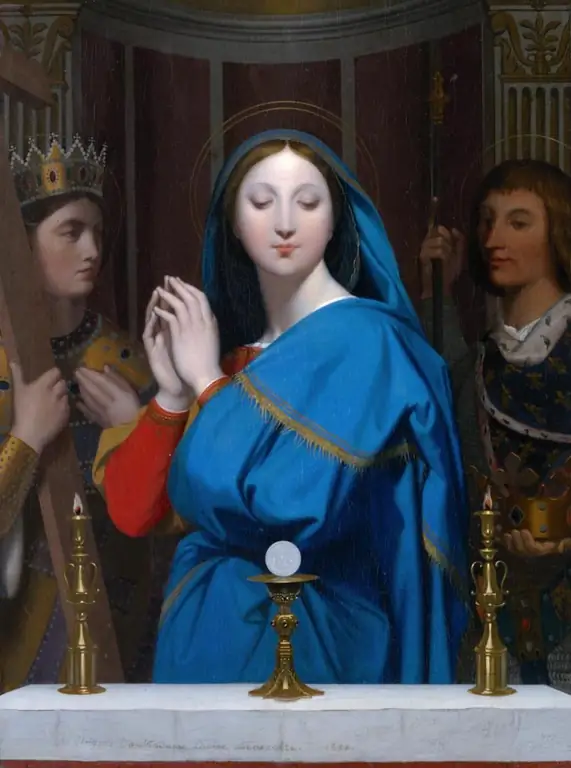
The most beautiful figure in French painting
Work onThe Fountainhead by Jean Auguste Dominique Ingres was begun in Florence around 1820 and was not completed until 1856 in Paris. When he completed the painting, he was already seventy-six years old.
The picture shows a naked girl standing by the rocks and holding a jug from which water flows. Thus, she represents the source of water, or the spring which in classical literature is sacred to the Muses and to poetic inspiration. She stands between two flowers and is framed by ivy, the plant of Dionysus, the god of disorder, rebirth and ecstasy. The water she pours separates her from the viewer as the rivers mark boundaries that are symbolically important to cross.
Some art historians believe that in this painting by Ingres there is a “symbolic unity of woman and nature”, where flowering plants and water serve as a background that the artist fills with “secondary attributes” of a woman.
Recommended:
Levitan's creativity in his paintings. Biography of the artist, life history and features of the paintings
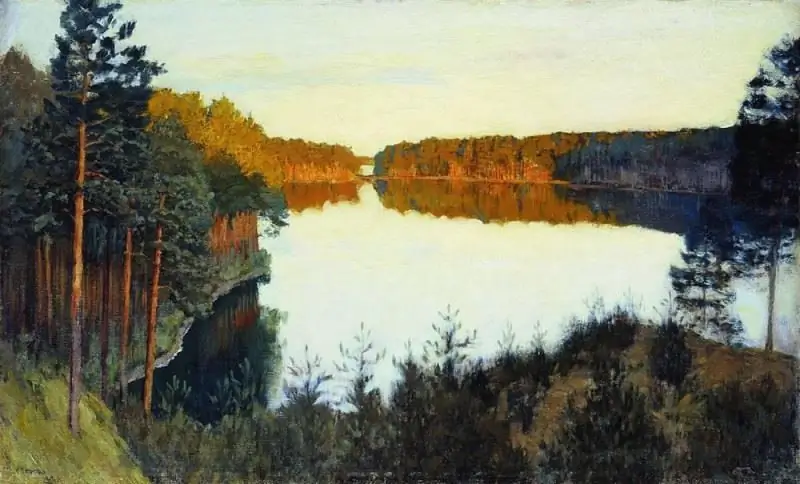
Almost every person who is fond of art is briefly familiar with the work of Levitan, but not everyone knows about his biography. You will learn about the life of this talented person in the process of reading the article
Interesting facts about paintings. Masterpieces of world painting. Paintings by famous artists
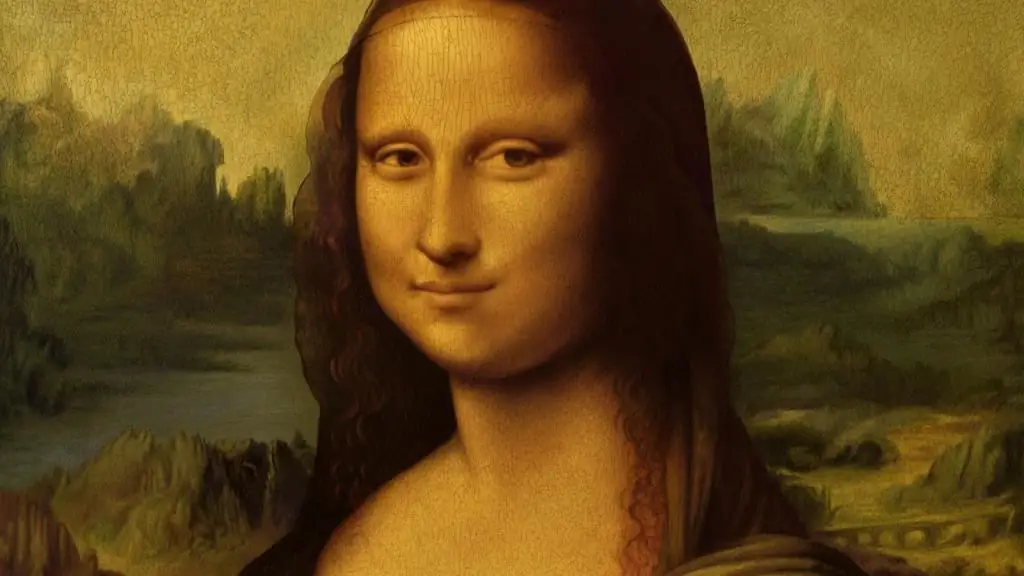
Many paintings known to a wide range of art connoisseurs contain entertaining historical facts of their creation. Vincent van Gogh's "Starry Night" (1889) is the pinnacle of expressionism. But the author himself classified it as an extremely unsuccessful work, since his state of mind at that time was not the best
Which artists painted historical paintings? Historical and everyday paintings in the work of Russian artists of the XIX century
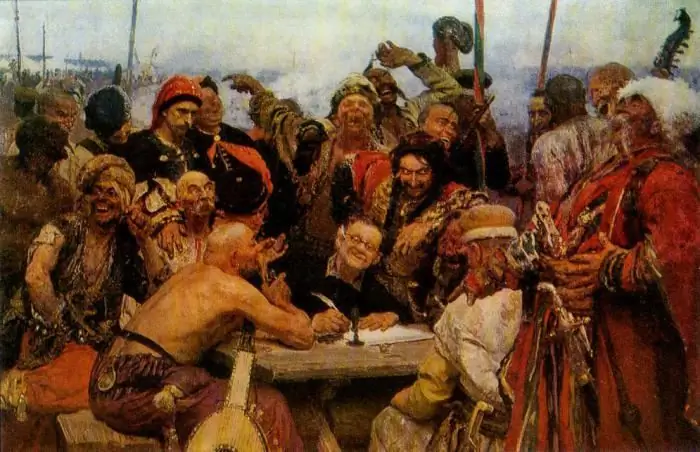
Historical paintings know no boundaries in all the diversity of their genre. The main task of the artist is to convey to connoisseurs of art the belief in the realism of even mythical stories
Paintings of socialist realism: features of painting, artists, names of paintings and a gallery of the best

The term "socialist realism" appeared in 1934 at the congress of writers after the report made by M. Gorky. At first, the concept was reflected in the charter of Soviet writers. It was vague and indistinct, described the ideological education based on the spirit of socialism, outlined the basic rules for displaying life in a revolutionary way. At first, the term was applied only to literature, but then spread to the whole culture in general and the visual arts in particular
List of the best detectives (books of the 21st century). The best Russian and foreign detective books: a list. Detectives: a list of the best authors

The article lists the best detectives and authors of the crime genre, whose works will not leave indifferent any fan of action-packed fiction

